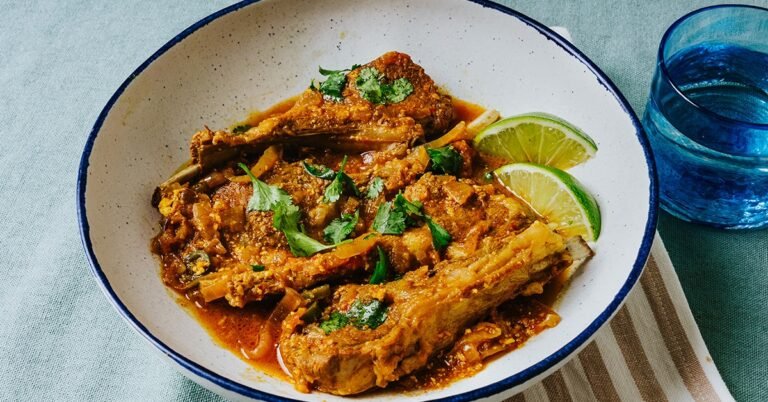Recently, my family’s WhatsApp group has been overtaken by pressing questions: Why do we call goat meat “mutton”? When I searched the internet, from Reddit threads to Tiktok videos and government-funded agricultural research, I realized that I wasn’t alone in my own mess. Along the way, I learned a lot more information about goats, lambs and sheep than I thought I needed in my life.
Mutton usually refers to adult sheep meat, and lamb comes from young sheep. However, in South Asia, the term “mutton” applies to goat meat. It’s a completely different species. I have found the same true in the Middle East (particularly the Gulf region) and parts of the Caribbean. In Bangladesh, India and Pakistan, there is a strong agricultural practice of breeding goats rather than sheep due to warm climates, and goats are commonly used in grills such as stew, rice dishes, mutton biryani, kheema, karahi .
What captivates me is how the term persisted, even among the diaspora community. Step into a South Asian halal butcher shop in an American city, seeking muttons and receiving goats. Some say that the British called the goat mutton during colonial rule, but the name simply got stuck and was adopted by local residents. I have not been able to find a reliable source to confirm this, but I may explain why the same references are common in the Caribbean, where British rule over the West Indies continued into the 20th century . Like many things in our culture, there is a lot of hearsay. Everyone has their own reasoning and stories about why something exists. Just like our recipes, there are hundreds of versions each claim to be reliable. (Think about biryani. Consider that many local variations may stop talking to their cousins about whether potatoes should be included.)
Many Western culinary traditions include “stew” meat. This is a cheaper and more durable cut that is cooked for a longer period of time to achieve gentleness. Smile at the idea of special cuts like lamb chops are used in stews, but in South Asian and Caribbean culinary traditions this is not uncommon. In a heavy-centered society, all cuts are fair games. Plus, the short cooking time achieves kindness and bold flavour with minimal effort.
Semantics aside, this recipe is inspired by popular Pakistani dishes made with mutton chops and rather goat chops. It is known in Urdu and Hindi as “Chap Ka Saran”, but is soft and tender with fried onions, ginger, garlic, tomatoes, fragrant cumin, coriander and red chili peppers. Simmered until deep and flavorful. Lamb is much easier to find in the US than goats, so I wanted to recreate this dish with lamb chops.
Here it is very important to trim and skimm fat from the lamb chops. So, if the butcher finds it too difficult, let the butcher do some hard work. There are two stages of mostly inert cooking. The first steam tenderens the meat and blows it with spices, and the second is thickening the gravy. It’s all wrapped up quickly, but I still feel special enough to help the company. Personally, I like to order fresh naan from local Indian and Pakistani restaurants.


